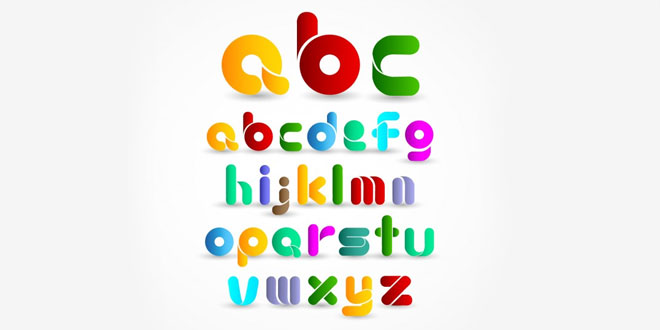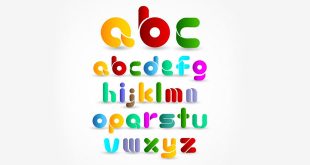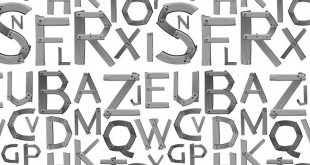English Grammatical Errors
Its Vs. It’s
Now this is the kind of mistake that can be noticed almost everywhere. And with relative awareness being built around this error, it is becoming less and less common every day. The confusion lies between the use of the apostrophe and when the need to differentiate between ‘it is’ and ‘it’s’ arises. The marker for possession comes in the form of ‘its’. The purpose of using ‘its’ can be related to the purpose behind using ‘his’ or ‘her’. ‘It’s’ on the other hand is nothing but the coming together of two separate words, namely, ‘it’ and ‘is’. Ensure that you use ‘its’ where it is required and ‘it’s’ where it is required too.
Example:
- It’s the place to spend a lifetime in.
- The cat looked around for its meal, but its search never came to an end.
Loose Vs. Lose
Think about this one; you may already have been guilty of committing such an error. ‘Loose’ has an extra ‘o’, it means that something is unsteady or short of grip. On the other hand, ‘lose’ is just a variant of lost and means that whoever it is that sentence is talking about, has tasted defeat or has lost something. Once the difference between these two words has been discovered, chances of committing the mistake again are nil.
Example:
- Pants that don’t fit well around the waist can be loose.
- No matter how he hard he tried to find it, it seemed like he did lose his phone.
Affect Vs. Effect
When you look at it from the surface, it may seem almost impossible to get the better of this mistake but when you scratch the surface, the difference between the two is pretty easy to figure out. In simple terms, ‘affect’ is a verb which means ‘to influence’ while, ‘effect’ is a noun which means that something has happened as a result of any particular happening.
Example:
- When he played the guitar on stage, it had such an unexplainable effect on his fans.
- His guitar playing affected his fans.
The Dreaded Apostrophe
Apostrophes can be used in three ways with all three being completely different or mutually exclusive of each other.
- Firstly, it can be used when two separate words need to be joined as may be the case with ‘is not’ or ‘could not’. Here, ‘is not’ becomes ‘isn’t’, and ‘could not’ becomes ‘couldn’t’.
- Secondly, an apostrophe is used to indicate possession, where ‘Steve’s phone’ only goes to say that the ‘phone’ in question ‘belongs to Steve’. When plurals ending in -s are being used, then possession is depicted by putting just an apostrophe at the end of the word.
- Lastly, an apostrophe followed by an -s can also denote something other than the possessive form of the noun in question. In case of singular nouns, the word ‘is’ is often denoted as -‘s. For example, ‘it is’ becomes ‘it’s’ and ‘girl is’ becomes ‘girl’s’
Example:
- Since he missed the bus, he couldn’t make it to the meeting.
- Do not touch Ryan’s bike, he loves it to death.
- The boys’ socks are placed on the bed. (when there is more than one boy)
- This girl’s lost. (when there is just one girl).
The Use Of Etc.
The importance of stressing on the right use of ‘etc.’ cannot be over-hyped. It all begins with people coming up with a list of things and saying ‘and etc’. The using of etc. in such a manner is wrong. To be more specific: He bought himself a shirt, a pair of shoes, a pair of pants and etc. The mistake is more than evident. ‘Etc.’ is short for the Latin word ‘et cetera’ and means ‘and so forth’. It needs to be used in a very specific way; a way in which there is not ‘and’ before the word. Here’s the example.
Example:
- Mary went to the supermarket because she needed to buy soaps, deodorants, chocolates, ice-cream, biscuits, etc.
Now that you are done with all of the above, it shouldn’t be too difficult for you to get out of the weeds. English can be tricky; there are no doubts about that, but when you figure out the underlying reasons behind your mistakes, it should be a breeze. Your learning curve will only improve when you correct your mistakes; just ensure that you don’t repeat these mistakes ever again. Step by step, you will soon be on the way to perfection. A word of caution: The information you just went through is only about general mistakes and is not specific in nature but, it can help you discover where you are most prone to committing mistakes.
 Class Notes NCERT Solutions for CBSE Students
Class Notes NCERT Solutions for CBSE Students


